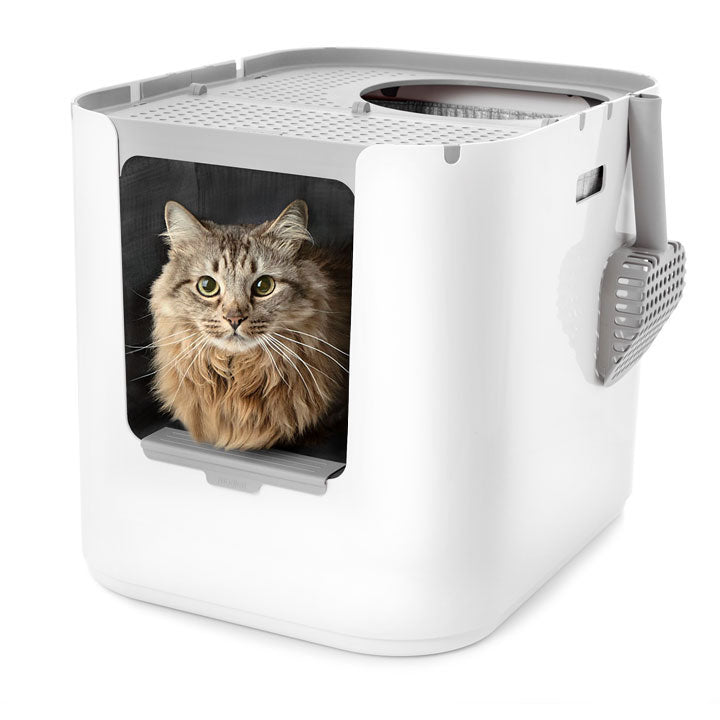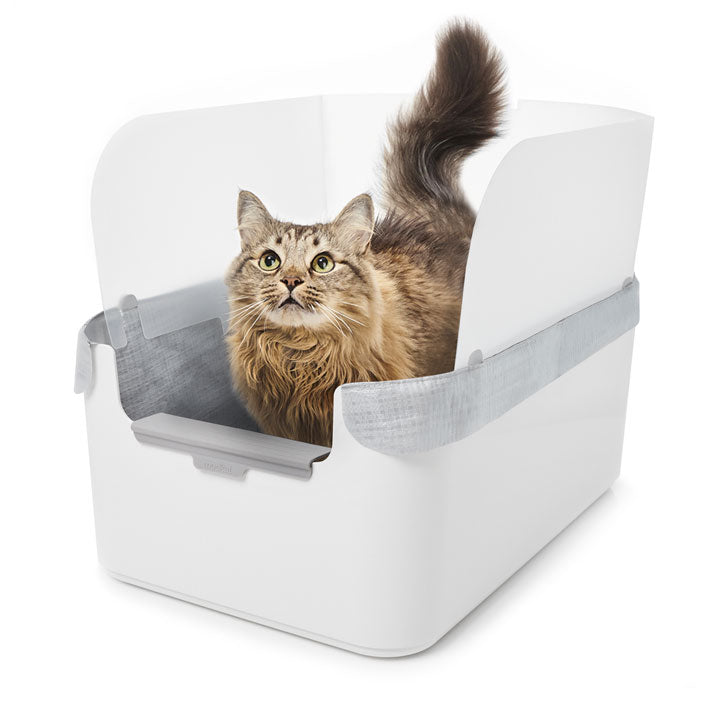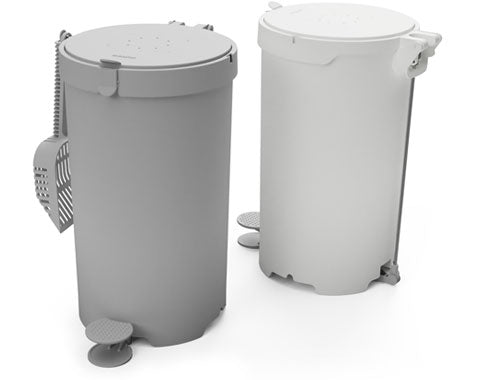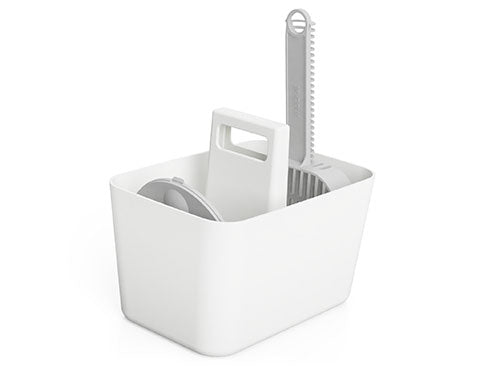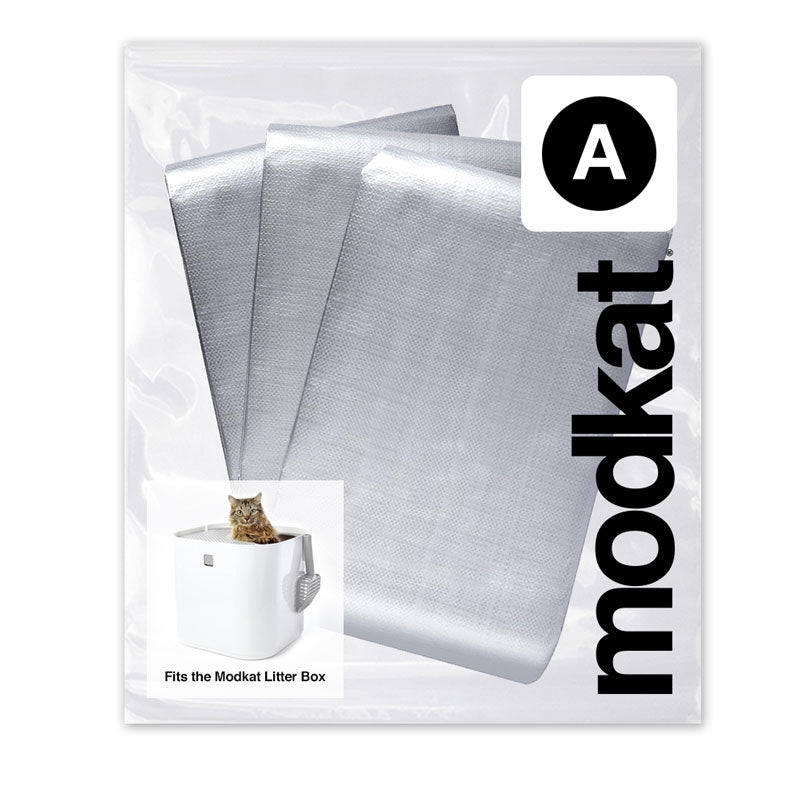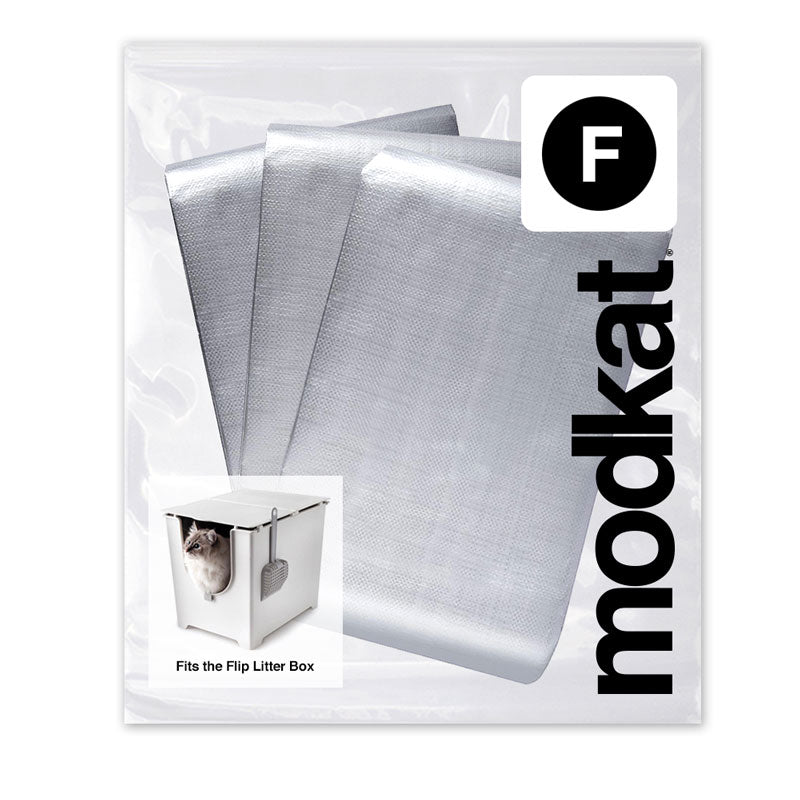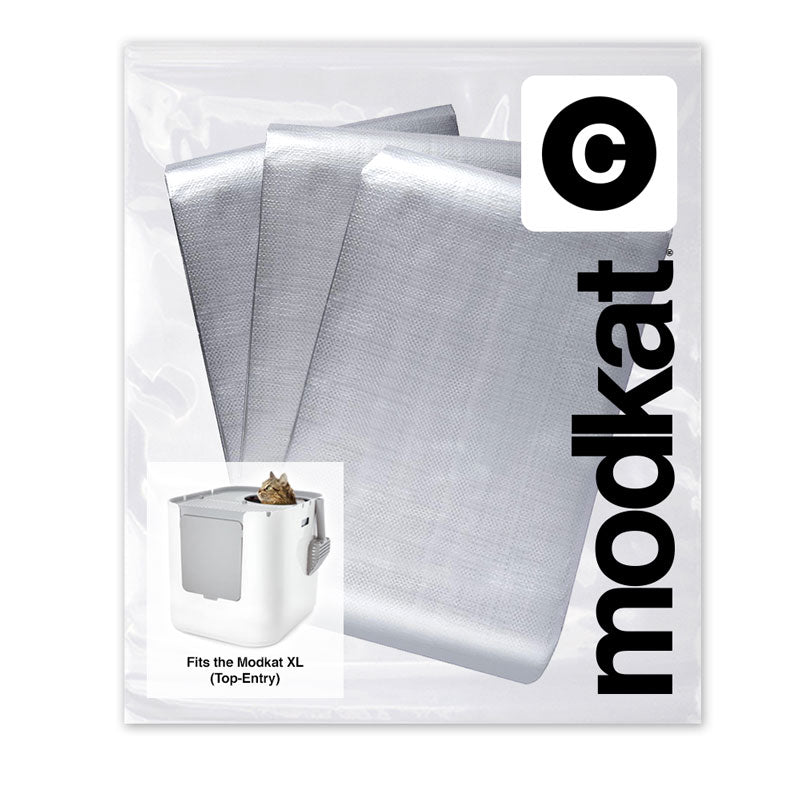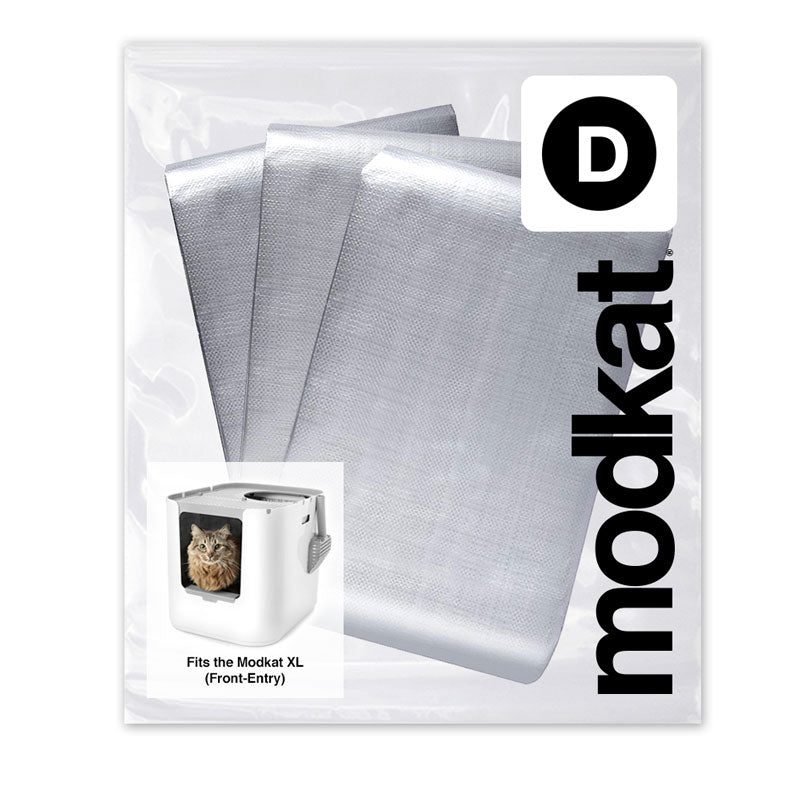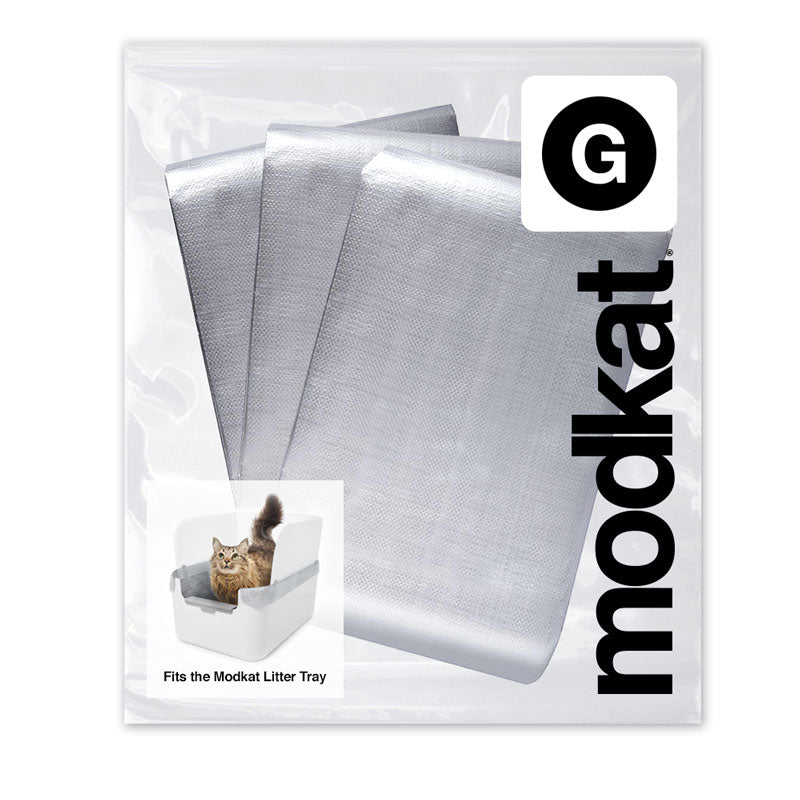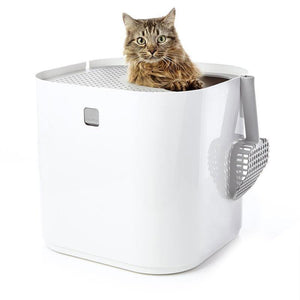Litter Boxes
Accessories
Liners
Cat Behavior > Start Here

You bought the cat food and water bowl set, picked up some healthy food, and acquired a sleek litterbox. After a lot of consideration, you added a cat to your life. Congratulations. You’ll love being a cat’s companion!
They’re athletic, curious, and active. When your cat proudly lays a half-alive mouse on your pillow in the wee hours of the morning, though, you may start to wonder. Why does she do that?
Cats are a unique brand. They’re not four-footed people with finicky tastes nor are they small dogs with better balance. Modern cats have lived cheek-by-jowl with humans for more than 5,000 years. Since the first Chinese farmer let a cat curl up in the corner for warmth, we’ve learned some things about these fascinating creatures.
Why cats do what they do.
Historically, cats were both predator and prey. The solitary hunter could make a meal out of a small lizard, an injured bird, or a slow-running rodent. On the flip side, a cat could become the lunch of a snake, dog, or coyote. Years of adaptive behavior forged survival instincts that still govern your pet’s doings.
In the wild, cats scoped out hiding spaces for bad times, like when that hungry hawk was circling. This need may explain why you found your modern cat chilling in that empty cardboard box you’d forgotten was tucked in the back of your closet.
Cats in the wild aren’t just prey, though. They’re skilled hunters, themselves, bred through years of adaption to stalk, pounce, and destroy. That’s why the toys you bought are getting the same treatment. A cat’s predatory heritage may also explain why Kitty prefers to eat several small meals instead of wolfing down a bowl of chow like Fido does.
Is your cat living on top of your fridge? Or landing on the open page of your book from the uppermost shelf on your case? Cats love climbing to high spaces. In nature, it helped them spot their own prey. Today, it gives a feeling of status, security, and solitude.!
Feline behaviors and how to handle them.
Kitty loves to scratch. You likely noticed this passion when you walked in and saw the remains of the lush velvet upholstery that once covered the arm of your sofa. Cats scratch to remove dead nail growth, stretch their backs, and leave their scent (cats’ paws have scent glands on them; cool, huh?). It’s a stress reliever. When they lived outdoors and fought for their food, sharp claws and strong backs were essential for survival. Don’t declaw. If a cat finds itself outside, claws are their only defense.
What to do instead? Invest in a scratching post. Your cat will love using it to relieve natural scratching instincts..
You may also have noticed some cats are early risers. Better than any rooster’s crow is hearing your friend’s purr, meow, or yowl. It’s the perfect alarm clock, pulling you out of bed to face another exciting day of bird watching, apartment exploring, and sleeping on top of the fridge.
Our advice? Roll with this one. Look at it as extra time to enjoy your morning coffee and kitty- petting session.
Your cat will sleep between 12 and 16 hours a day so she’s won’t miss a few winks from an extra-early wake up call. Sleeping is a lifetime’s dedication for these delicate animals. They will zonk out on the heating vent, your computer keyboard, or anywhere toasty.
Cat in your way? Try moving them to a comfy warm napping spot like on top of a soft blanket.
Has Kitty brought you a special treat yet? She will. Cats are notorious for sharing mice, birds, insects, and other caught creatures with their humans. It’s a sign of respect, affection, or gratitude. It’s one of those things our feline friends do for us.
What to do about it? Don’t punish your cat for the mousy offering. Say thanks, give a little praise, and quietly dispose of it.
Communicating with your cat.
Cats have at least 12 distinct meows to communicate different feelings or needs. You can try to learn them if you like. Many owners can tell a meow of pain or fear from one of hunger or boredom.
What about affection? Some cats like to snuggle. Others don’t. It won’t take long to find out which category your friend falls into. Even snuggly cats generally prefer their stomachs not be scratched. Flashing the stomach is rarely a sign of affection or playfulness like it is in dogs. Cats generally show affection by head butting, instead.
Speaking of affection, you can notice a female in heat because she’s rubbing against everything, calling, and generally showing her behind. Please get her spayed. Pet shelters are full of cute but ultimately unwanted litters. Neutering a male reduces fighting, roaming and spraying, too.
Is your cat inappropriately urinating or defecating? Going outside the litter box could be a sign of a UTI, or it could mean the litter box isn’t clean. Modkat makes cleaning a flip litter box easy with our removable liner. If your box is clean and the litter fresh, consider a vet appointment.
Despite their sometimes peculiar ways, cats have made wonderful companions for thousands of years. Learn to respond to your pet’s fun quirks, and see what a close and long-lasting friendship you can establish.
“It looks nicer than any other hooded or open option we considered.”

Purrr News.
Join our email list and get exclusive access to new products, the best cat litter box health articles, and 10% off your first order!
Similar products related to this blog:
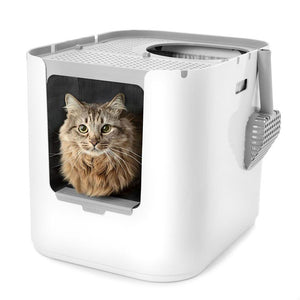
"It looks nicer than any other hooded or open option we considered."

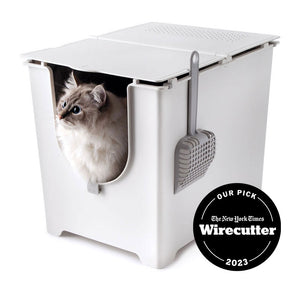
"This litter box keeps everything in, nothing gets out the sides."
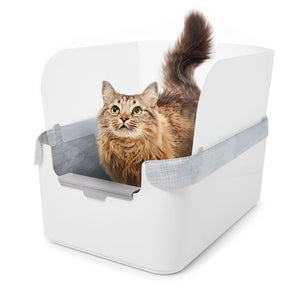
"My beautiful ragdoll cat and I both love the new Modkat Litter tray!"

